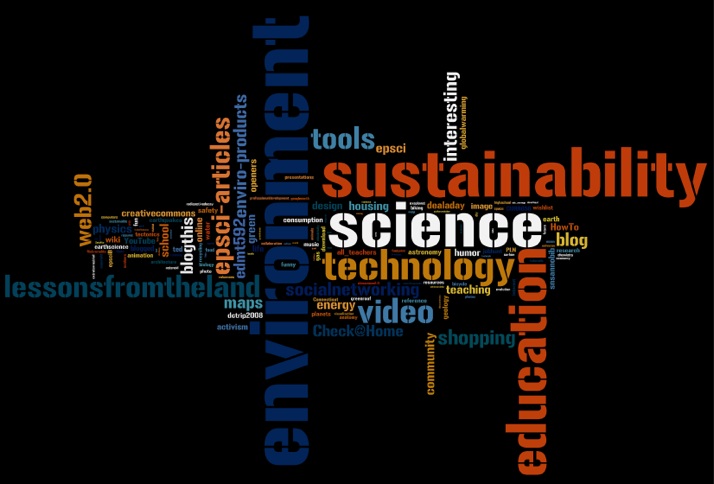I tried out the new laptop cart at my new placement today. No one was very confident that the laptops would work well, but I used them enough at my old job ( and mostly found them quite effective) that I wasn't just going to let that cart sit there untested for long.
The last 20 minutes of each hour today I had students try to log into the school's network. I was surprised I had so few who couldn't login considering I have all 9th graders coming from 3 different middle schools and several who're new to the district altogether.
Once they were logged in I had them take a survey on their technology experience¹.
Initial results
- 87% have their own cell phone
- 82% have their own mp3 player
- 92% have a computer at home connected to the internets
Conclusions
- Remember these are all freshmen. Most are just 14 years old. I'd imagine by the time they're juniors and seniors the percentage of students who have cell phones and mp3 players would increase to near 100%.
- The student body is quite diverse socio-economically and yet my percentages are very high across the board. Only 8 of my students DON'T have cell phones. Only 2 don't have internet access at home.
- Currently, all cell phones are supposed to be confiscated on sight from the beginning of 1st hour to the final bell. Does this policy support 21st century skills? Even if the skill being taught is simply appropriate use of a cell phone in a "business" setting (i.e. not texting during presentations, learning when and where it is acceptable to pull out their phones, etc.)?
- The school has about 1 computer for every 10 students (maybe even less), yet at home the ratio is probably much closer to 1:4. Are they being taught to effectively use online tools at home? They certainly aren't getting much computer time at school.
I have more data from the survey that'll take a little longer to disaggregate, but I'll share that when I get a chance to break it down.
_______________________________________________________________
¹ If you'd like to see it, here it is.




 I (of course) asked if I could utilize
I (of course) asked if I could utilize 